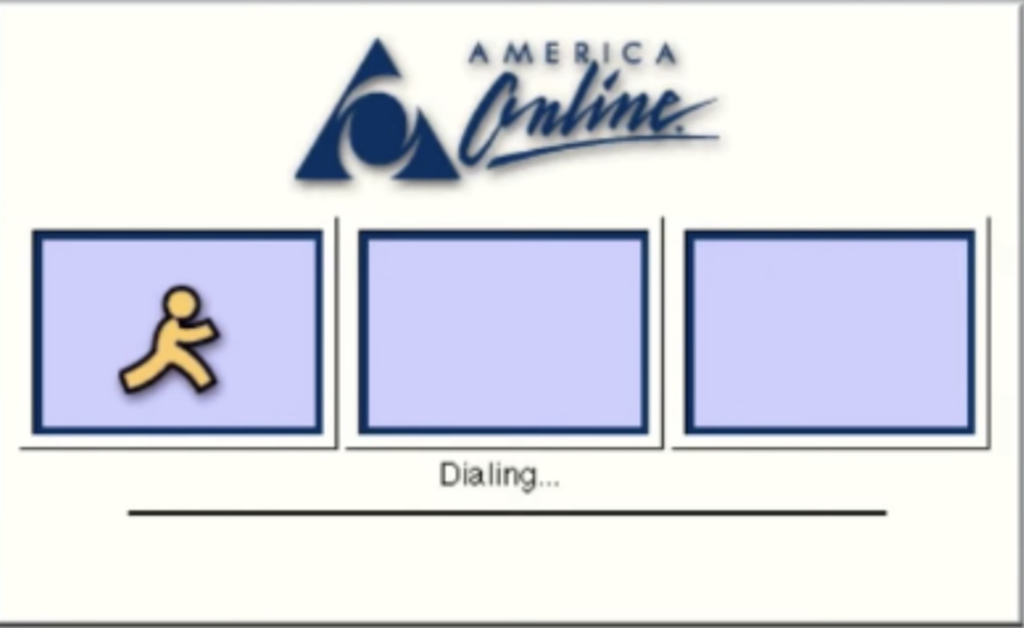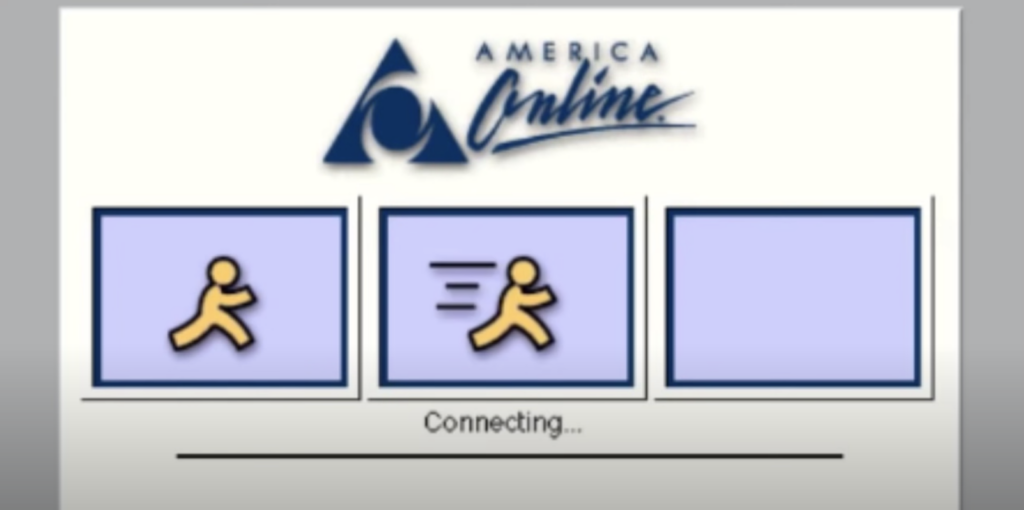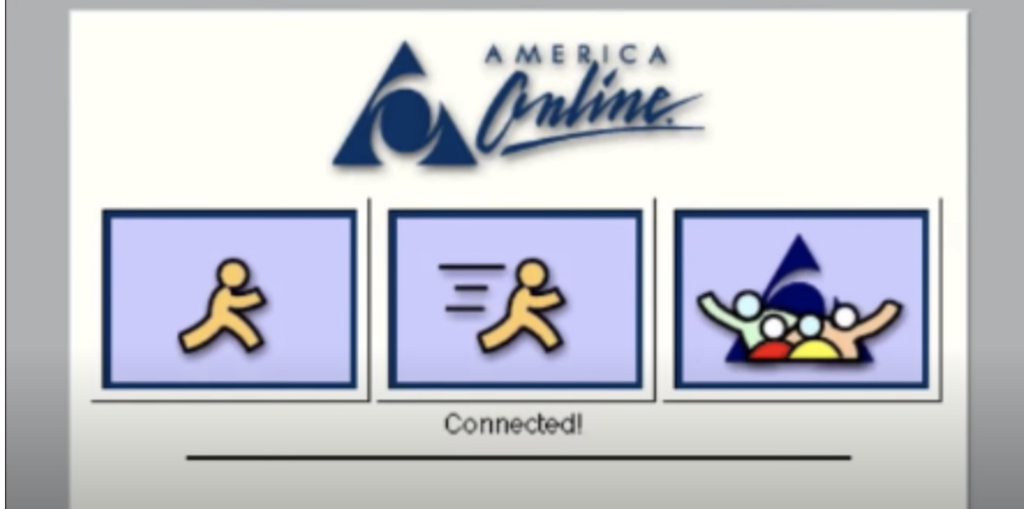After reading this week’s texts, the need for scaffolding and the importance of weaving assignment goals into overall course goals really stuck with me. (The readings have made me re-evaluate some of the assignments I use in my teaching.)
Consequently, I think that knowing more about the class’s overall context and learning goals would influence what annotations I would prioritize.
One thing I would strongly consider annotating is the word “selfie” in the last sentence or, alternatively, this sentence on page xvi: “Today, we live with the sense that un-tweeted, un-instagrammed moments might feel somehow cubic, as·in boxed in, just these four walls, unless the walls can be contorted along invisible lines and a message smuggled out.”
This sentence could serve as a point of departure for developing a preparation/framing exercise on our existence in another/new-ish dimension. The following questions could be discussed with students before they re/read the text.
- What is your definition of “selfie”?
- What do you pay attention to when you take a selfie (if you do)?
- Are there rules for taking a good/share-worthy selfie?
- When/where do people often take selfies? & What else (other than the self) is often in the picture?
- When people share selfies, what kind of verbal context might be typical?”
- How does the selfie transform the experience?”
Since the text is about existing/living online, these electronic proofs of 4-dimensional existence are worthy of deconstruction. I hope students would close-read and develop a deeper and more critical understanding of the selfie genre, its deceptions, limits, and possibilities.
***
Another passage on page xvi: “[They] decide to reverse the peepholes in their apartment doors so as ‘to· prevent an ambush’. The idea is that, on returning home, they can check if an assailant is waiting inside to ‘clock them with a sock full of pennies’.”
In the annotation, I would pose the following questions:
- Where in the text do you see other distinctions (or separations) between inside/s and outside/s?
- And related: what are separations or “walls” between these inside/s and outside/s?
These questions would foreground the 4th dimension’s transgression of our assumed understanding of physical space. They would let students track how Scott plays with this transgression by repeatedly creating and dismantling spaces and spatial experiences. The tension between different insides and outsides was the most prevalent tension I noticed.
***
And, for context, I might share these audio and image files that illustrate the classic dial-up modem related to the passage on page xiv: “The first household modems enforced this separation by acting as though they were grinding up against something hard,. squealing and whirring like a drill hitting rock.” https://www.youtube.com/watch?v=gsNaR6FRuO Either listen to the link and/or look at the pictures below. The first picture needs 20-25 seconds and the next one requires 5-10 seconds of patience, and the last one truly captures the celebratory feeling of landing online. Voila – you’re connected. (Maybe.)







Pingback: Connected Pedagogy: Untangling Literary Allusions | Introduction to Digital Humanities Fall 2022